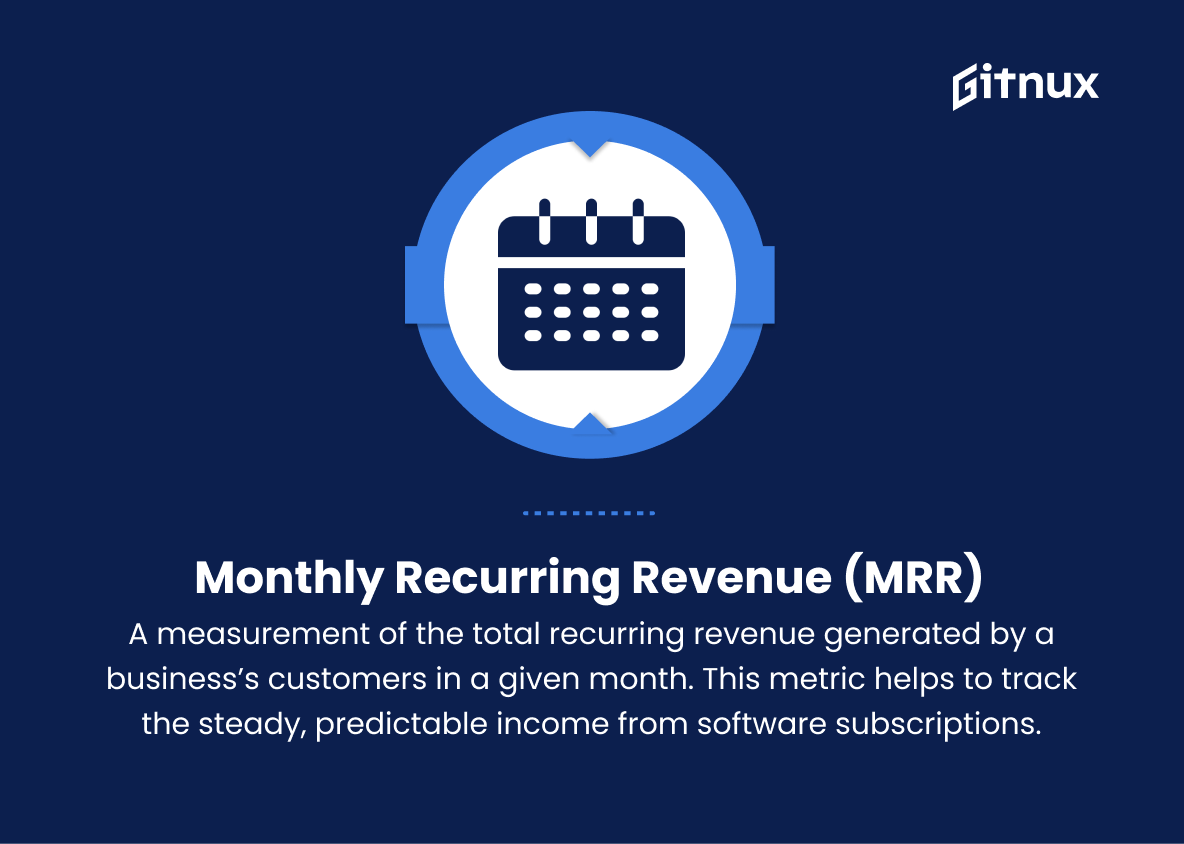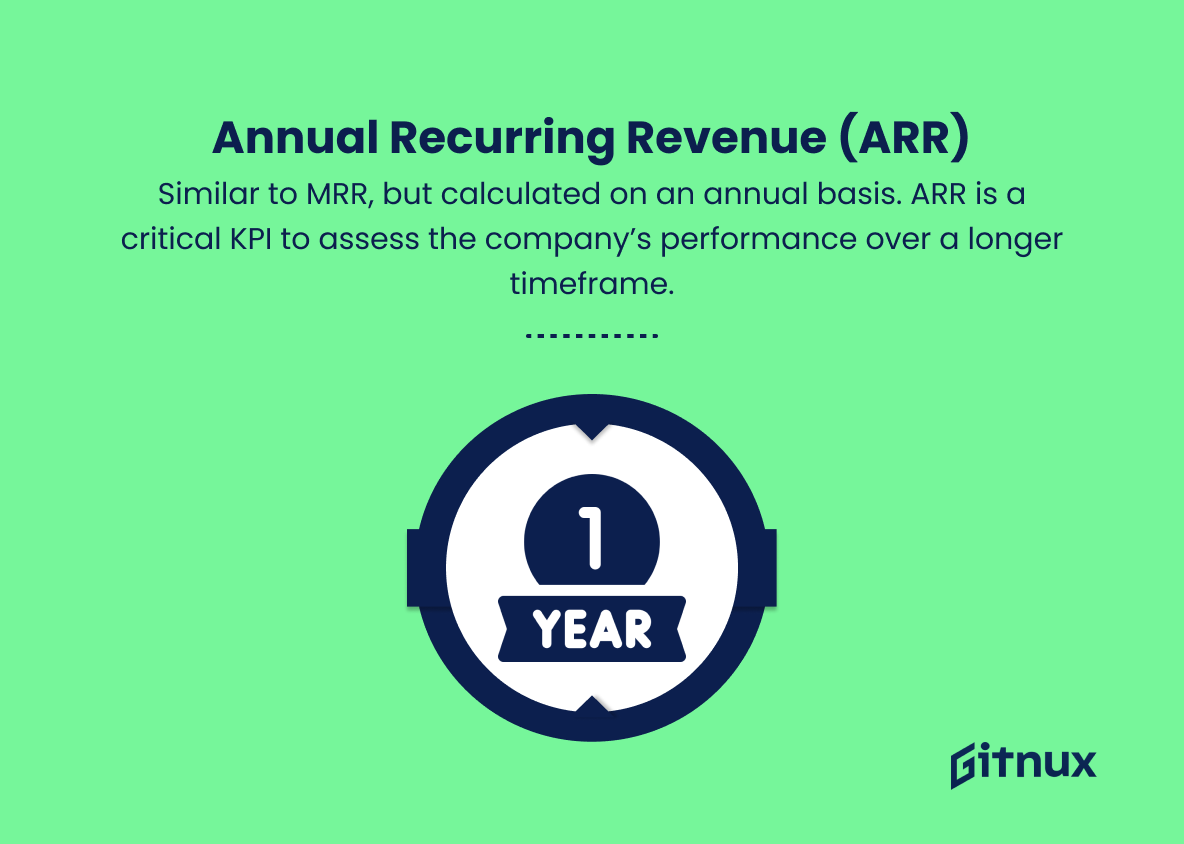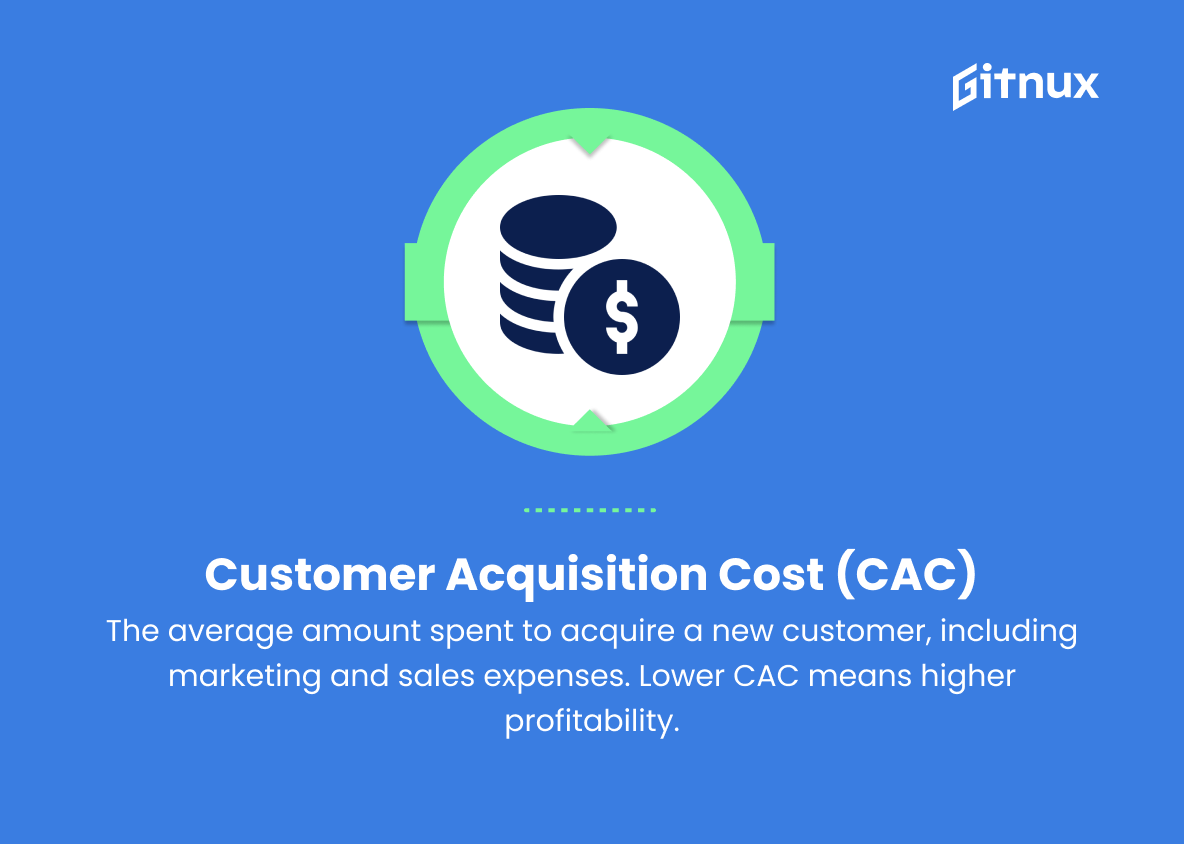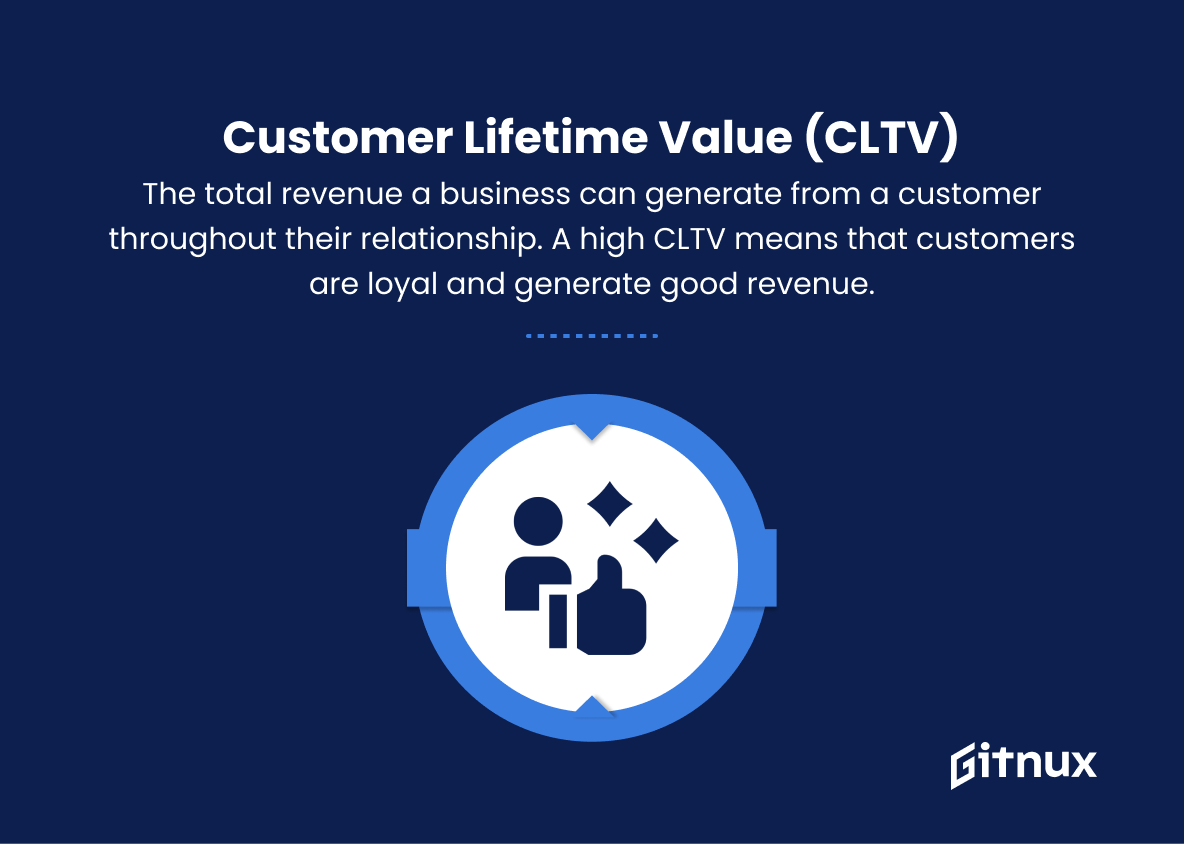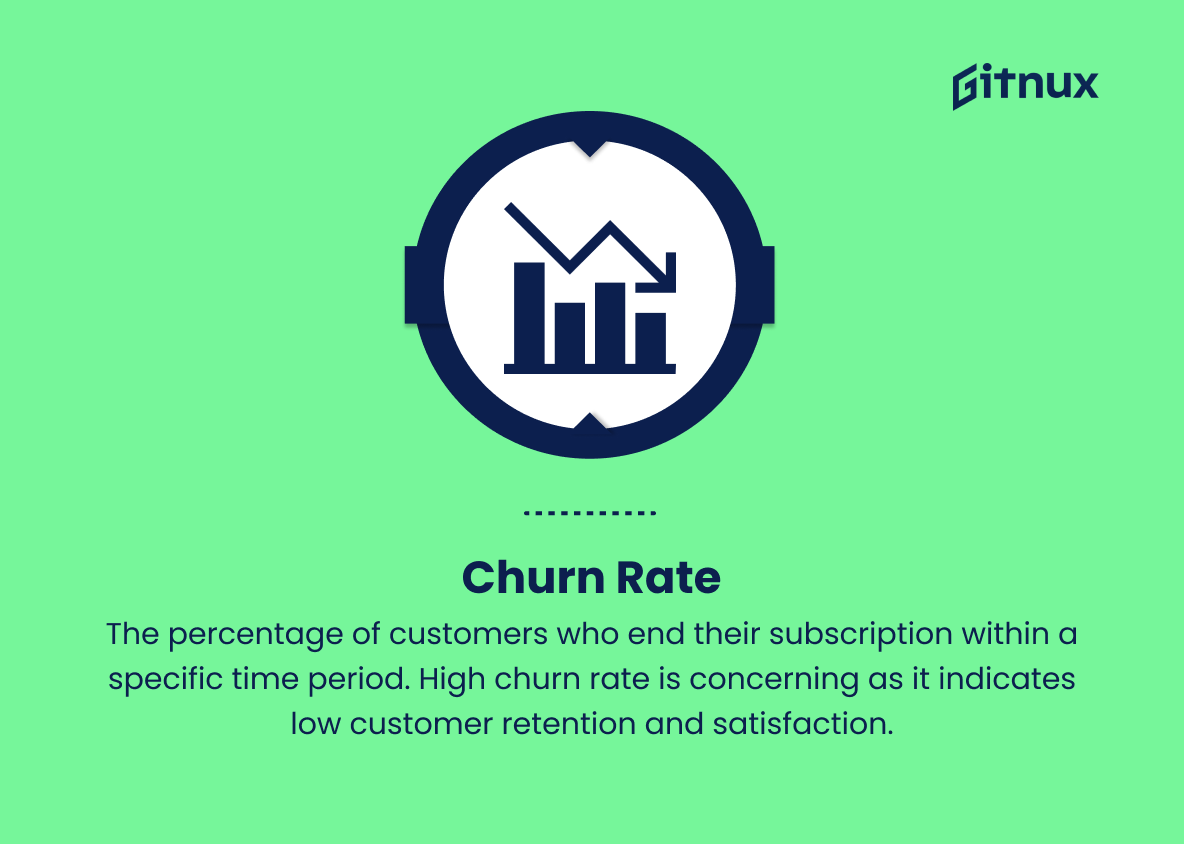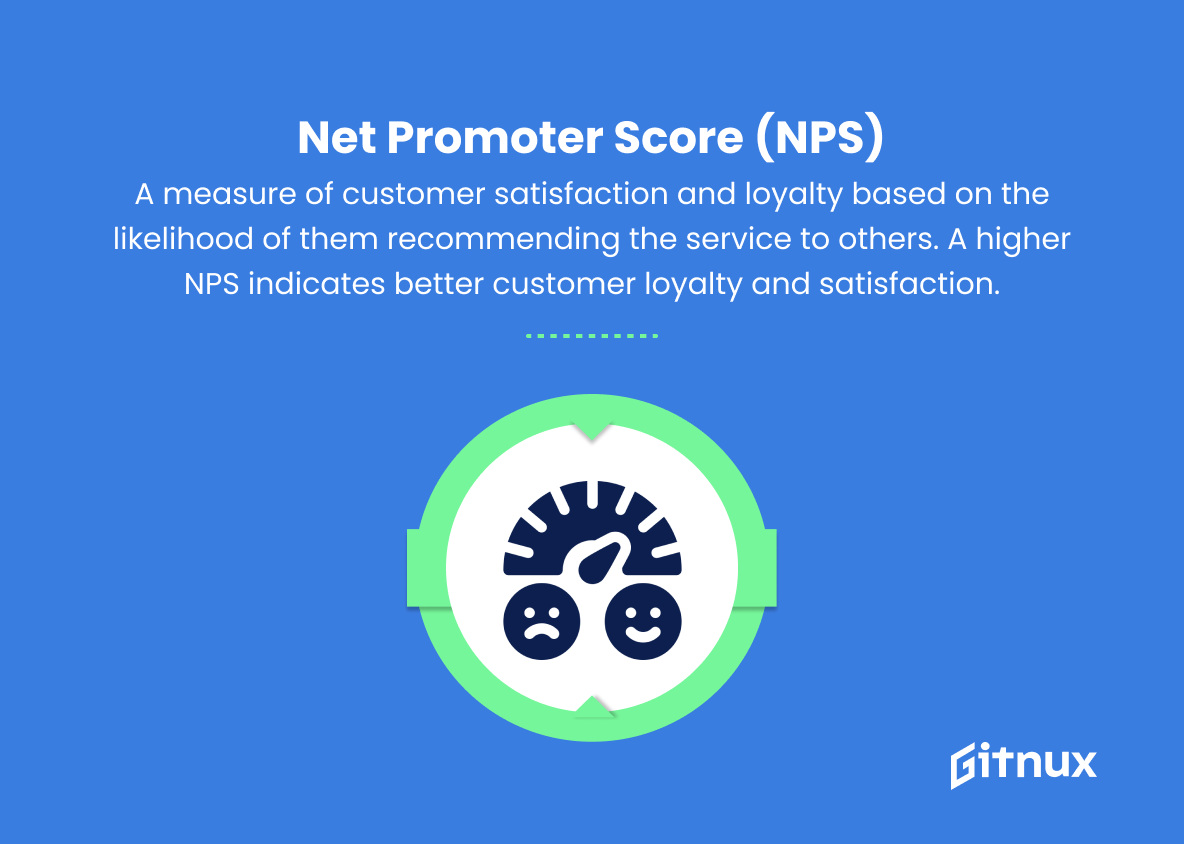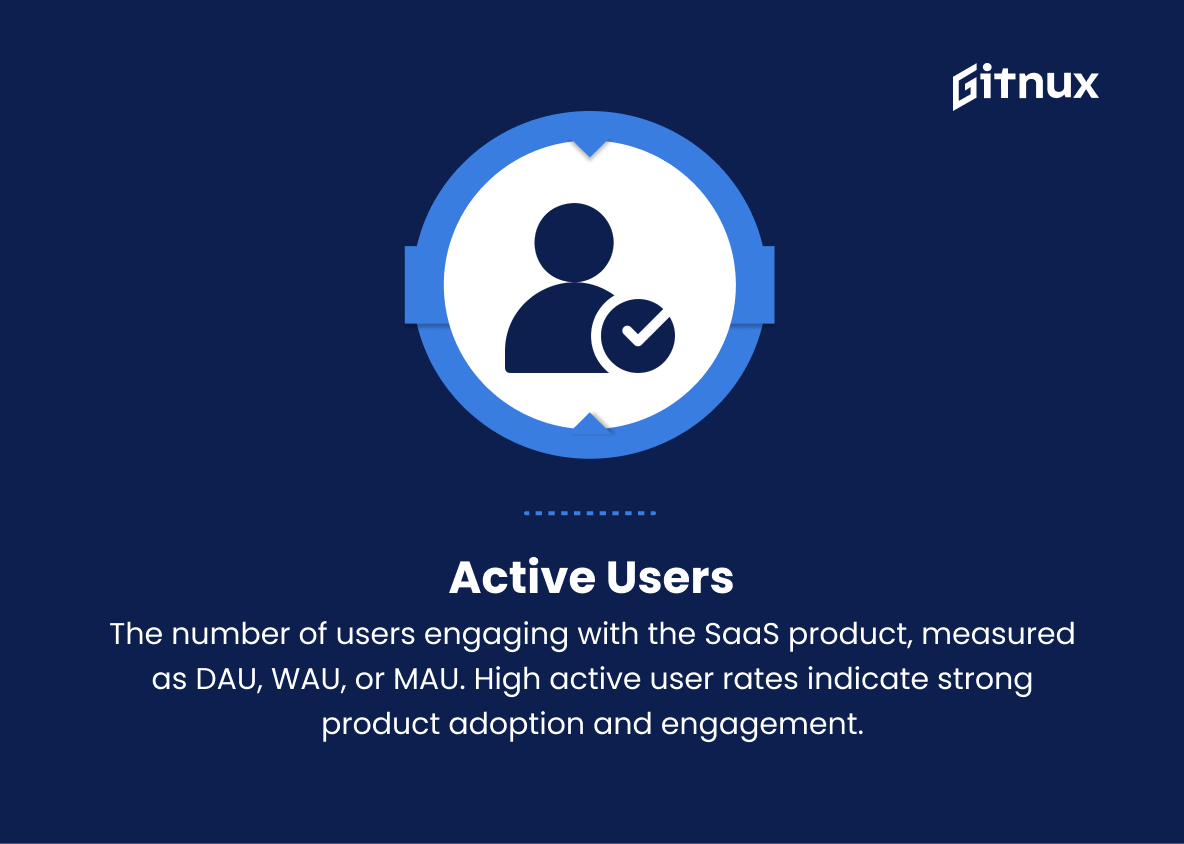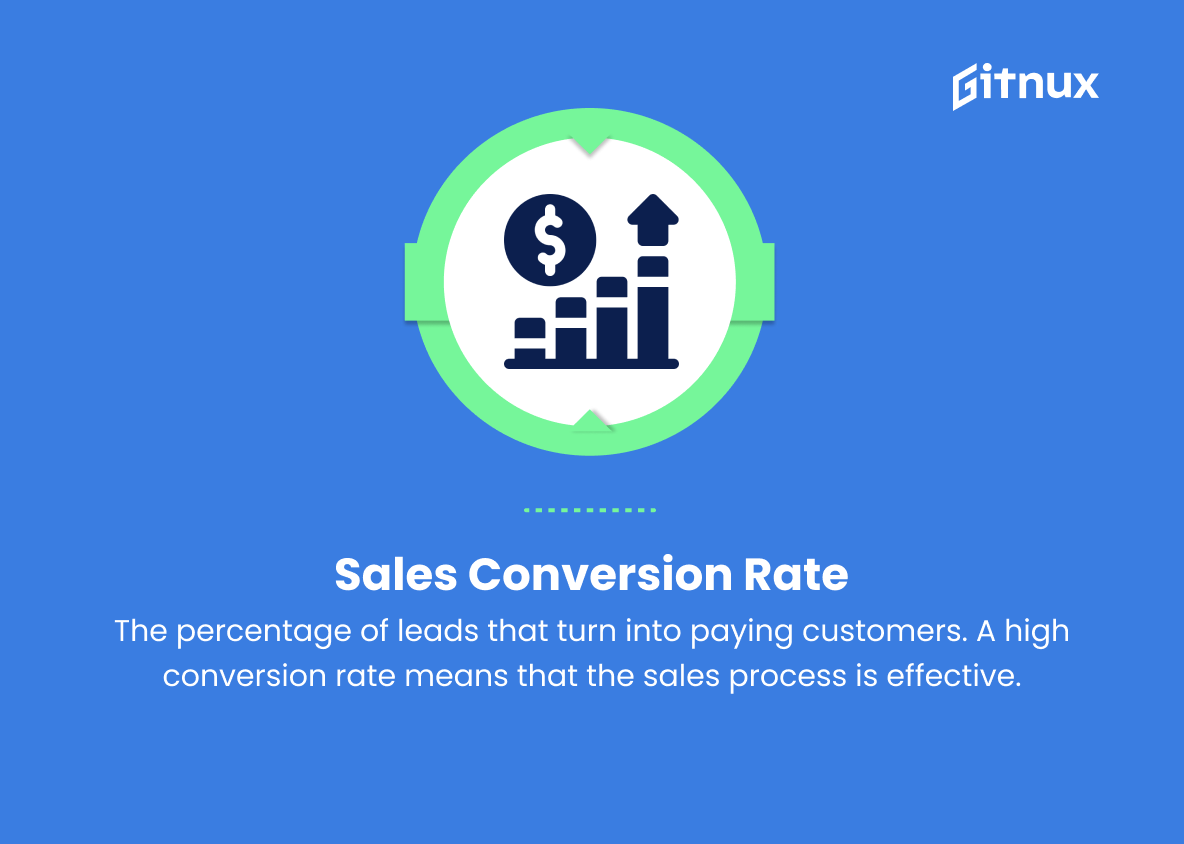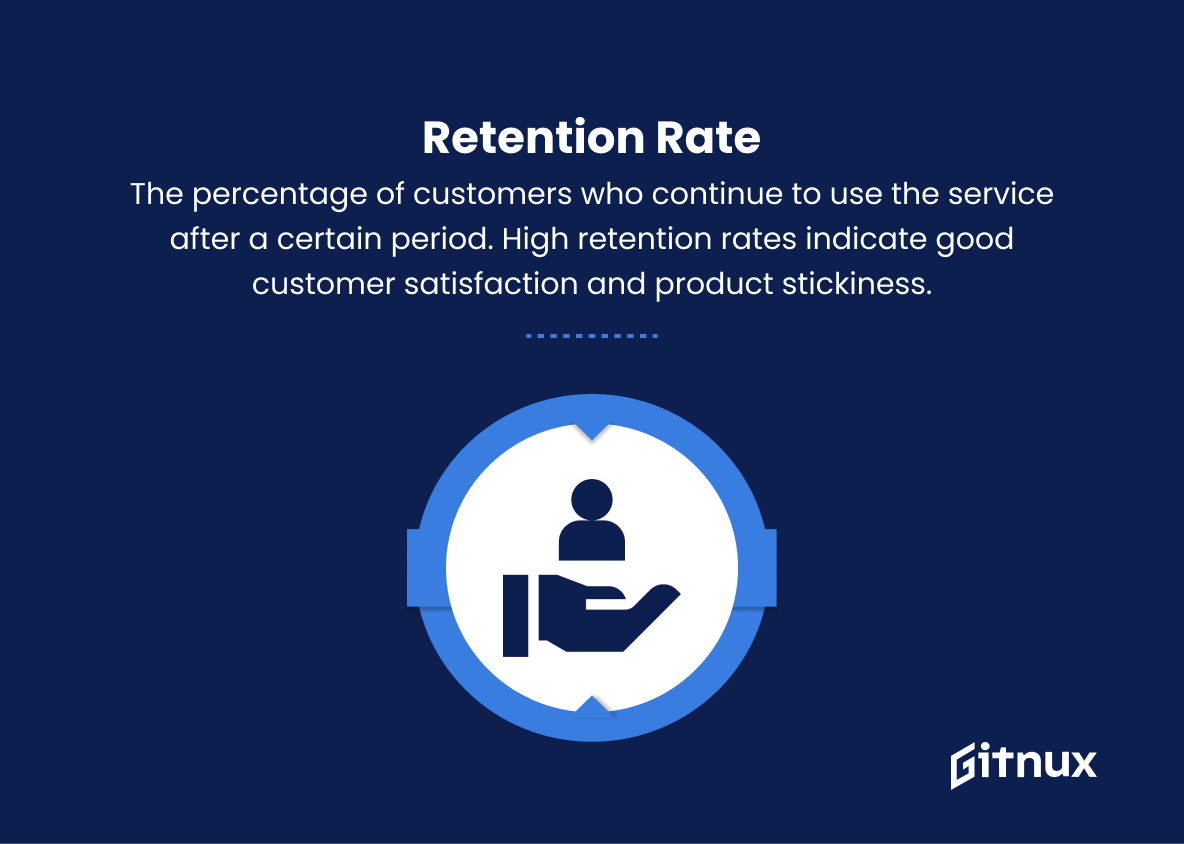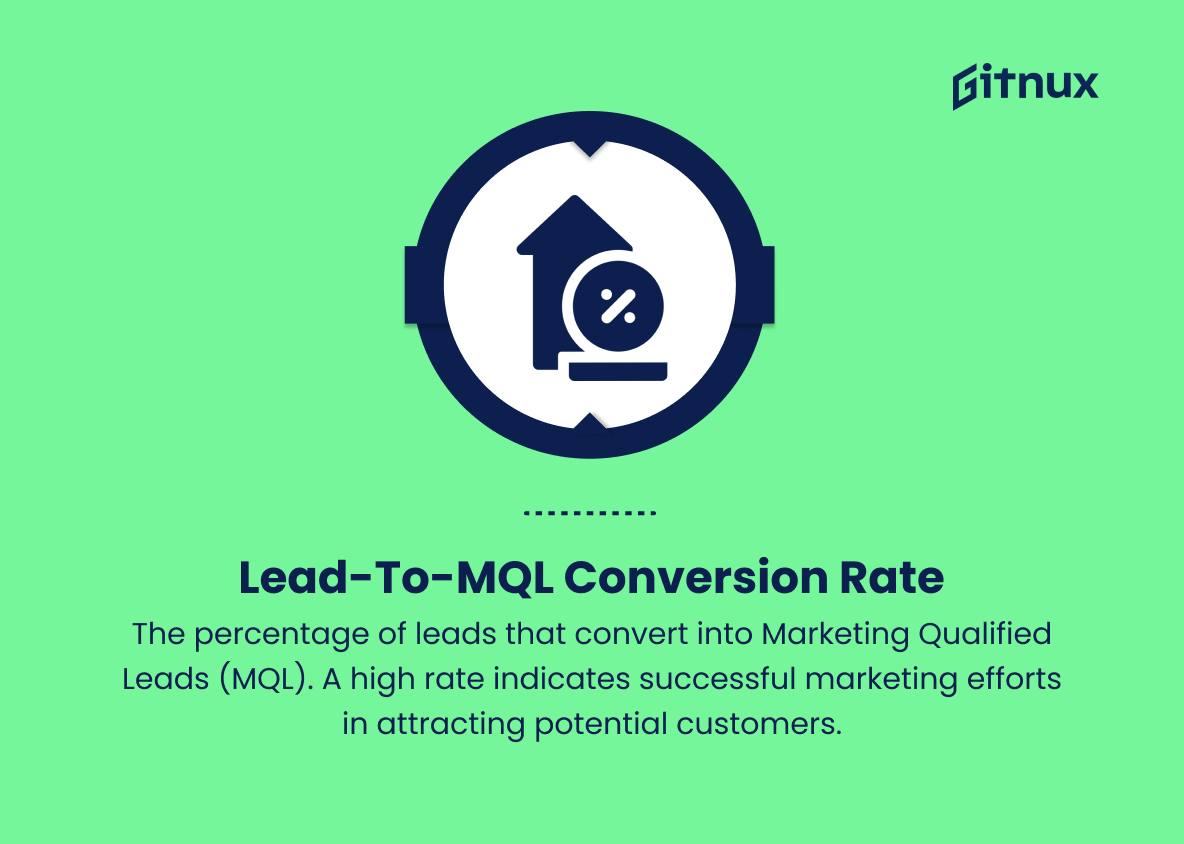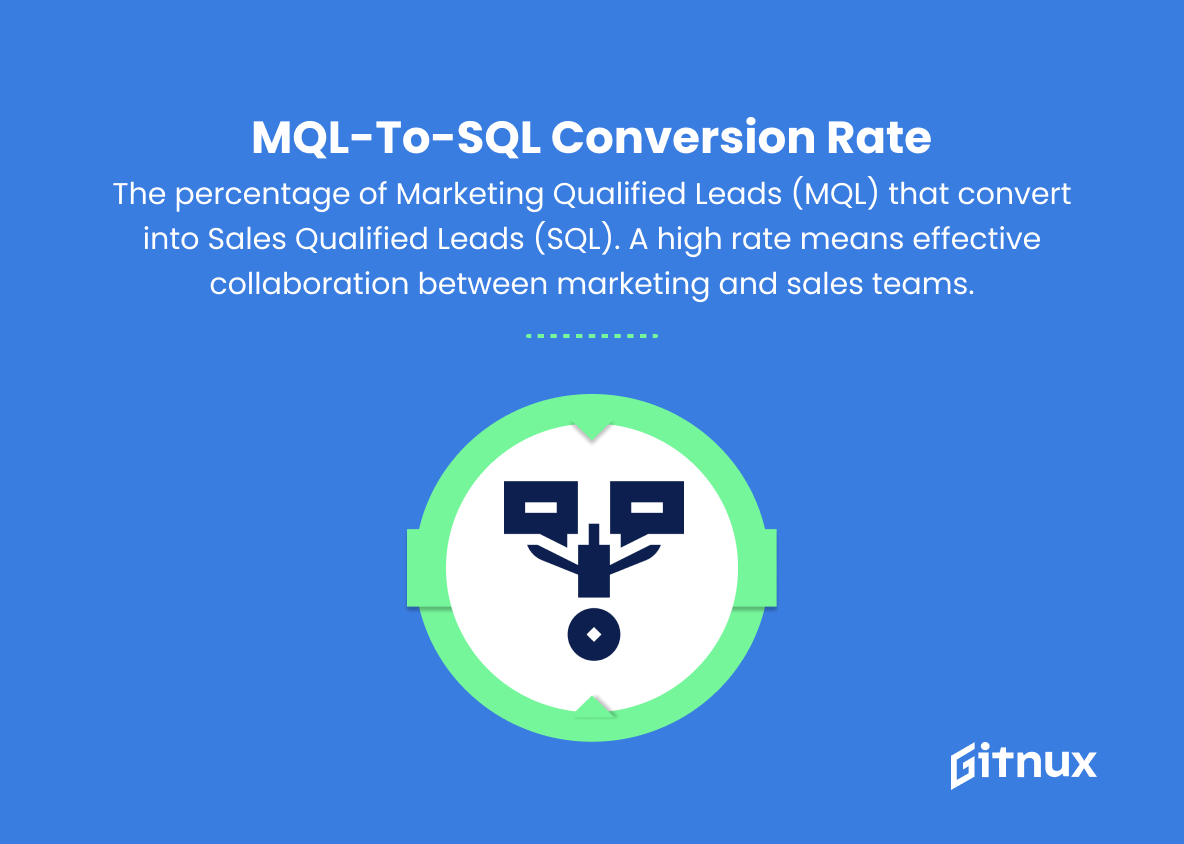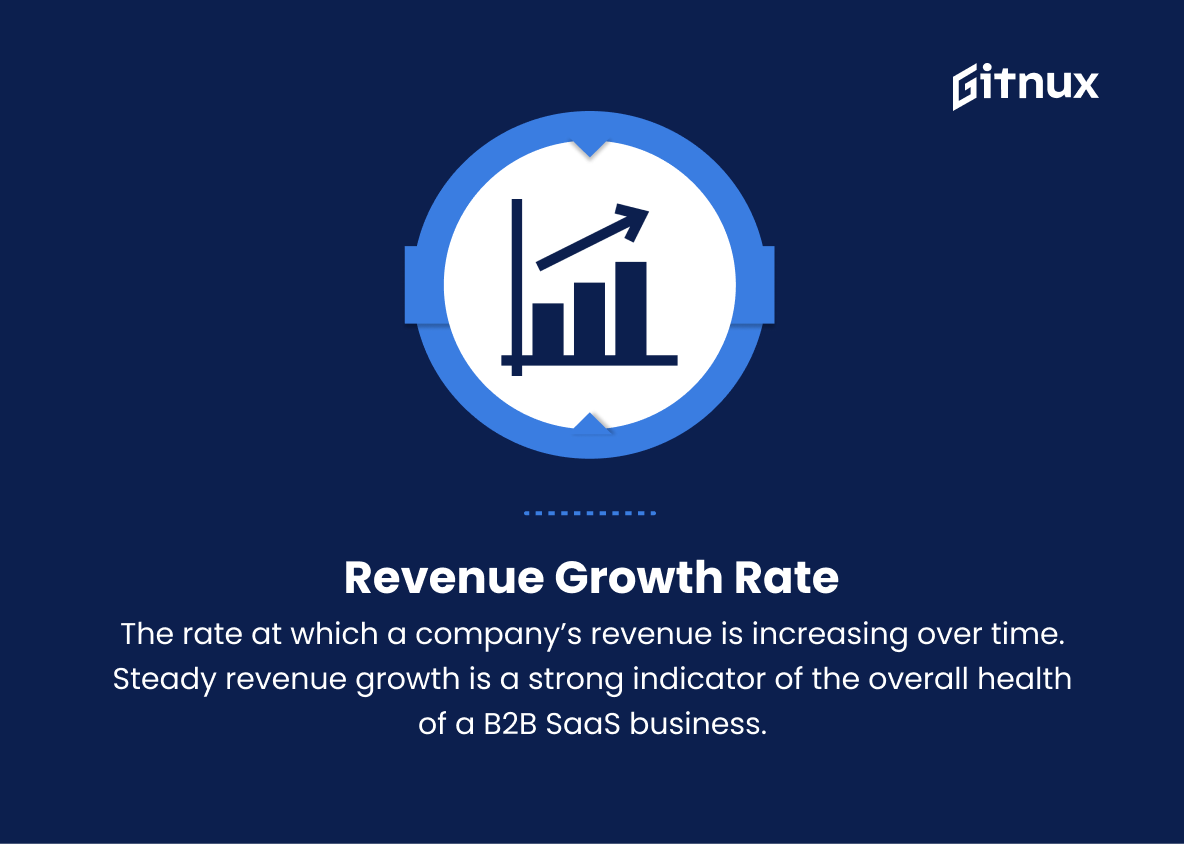In today’s ever-evolving business landscape, it has become crucial for B2B SaaS companies to not only measure their success but also recalibrate their strategies to stay ahead of the competition. Key Performance Indicators (KPIs) serve as vital signposts in guiding these firms towards achieving their goals while allowing them to scrutinize the overall health of their business.
This blog post delves into the most significant B2B SaaS KPIs, offering insights into their importance, and providing valuable recommendations on how to leverage them for continuous growth and progress. So, get ready to demystify the world of B2B SaaS KPIs and unlock the full potential of your business.
B2B Saas KPIs You Should Know
1. Monthly Recurring Revenue (MRR)
A measurement of the total recurring revenue generated by a business’s customers in a given month. This metric helps to track the steady, predictable income from software subscriptions.
2. Annual Recurring Revenue (ARR)
Similar to MRR, but calculated on an annual basis. ARR is a critical KPI to assess the company’s performance over a longer timeframe.
Key Performance Indicators (KPIs) serve as vital signposts in guiding these firms towards achieving their goals while allowing them to scrutinize the overall health of their business.3. Customer Acquisition Cost (CAC)
The average amount spent to acquire a new customer, including marketing and sales expenses. Lower CAC means higher profitability.
4. Customer Lifetime Value (CLTV)
The total revenue a business can generate from a customer throughout their relationship. A high CLTV means that customers are loyal and generate good revenue.
5. Churn rate
The percentage of customers who end their subscription within a specific time period. High churn rate is concerning as it indicates low customer retention and satisfaction.
6. Net Promoter Score (NPS)
A measure of customer satisfaction and loyalty based on the likelihood of them recommending the service to others. A higher NPS indicates better customer loyalty and satisfaction.
7. Active Users
The number of users actively engaging with the SaaS product. This can be measured daily (DAU), weekly (WAU), or monthly (MAU). High active user rates indicate better product adoption and engagement.
8. Average Revenue Per User (ARPU)
The average revenue generated per user in a specific period. High ARPU suggests customers see value in the product and are willing to spend more.
The mentioned B2B SaaS KPIs are crucial in assessing the overall performance, growth potential, and sustainability of a software business.9. Sales Conversion Rate
The percentage of leads that turn into paying customers. A high conversion rate means that the sales process is effective.
10. Retention Rate
The percentage of customers who continue to use the service after a certain period. High retention rates indicate good customer satisfaction and product stickiness.
11. Lead-to-MQL Conversion Rate
The percentage of leads that convert into Marketing Qualified Leads (MQL). A high rate indicates successful marketing efforts in attracting potential customers.
12. MQL-to-SQL Conversion Rate
The percentage of Marketing Qualified Leads (MQL) that convert into Sales Qualified Leads (SQL). A high rate means effective collaboration between marketing and sales teams.
13. Revenue Growth Rate
The rate at which a company’s revenue is increasing over time. Steady revenue growth is a strong indicator of the overall health of a B2B SaaS business.
14. Free-to-Paid Conversion Rate
The percentage of free trial or freemium users converting to paying customers. A high rate suggests the value proposition is persuading users to upgrade.
15. Onboarding Time
The time it takes for a new customer to become proficient in using the SaaS product. Faster onboarding times indicate a smooth and efficient customer onboarding process.
B2B Saas KPIs Explained
The mentioned B2B SaaS KPIs are crucial in assessing the overall performance, growth potential, and sustainability of a software business. They help businesses measure the steady and predictable income through Monthly Recurring Revenue (MRR) and Annual Recurring Revenue (ARR) while keeping track of profitability through Customer Acquisition Cost (CAC) and Customer Lifetime Value (CLTV). Metrics such as Churn Rate and Retention Rate analyze the satisfaction and loyalty of customers, whereas Net Promoter Score (NPS) and Active Users gauge customer experiences with the product.
Average Revenue Per User (ARPU) and Sales Conversion Rate shed light on the product’s perceived value and the efficiency of the sales process. Lead conversion metrics (Lead-to-MQL and MQL-to-SQL) reflect the efficacy of marketing efforts and collaboration between the marketing and sales teams. Revenue Growth Rate helps in understanding the overall financial health of the business, while Free-to-Paid Conversion Rate reveals the effectiveness of the value proposition offered to users.
Lastly, Onboarding Time assesses how efficient the customer onboarding process is, contributing to higher customer satisfaction and engagement. These B2B SaaS KPIs, when utilized effectively, facilitate sound decision-making and improve business performance.
Conclusion
In the ever-evolving landscape of B2B SaaS, keeping an eye on the right KPIs is crucial for sustainable growth and success. By focusing on key performance indicators such as churn rate, customer acquisition cost, annual recurring revenue, and customer lifetime value, companies can assess their performance, optimize their strategies, and gain a competitive edge in the market. As your business continues to grow and adapt, keep revisiting and refining your KPIs to ensure they align with your objectives and drive meaningful improvements for your organization.
Remember, the goal is not just to track metrics, but to gain actionable insights that lead to increased profitability and customer satisfaction.
